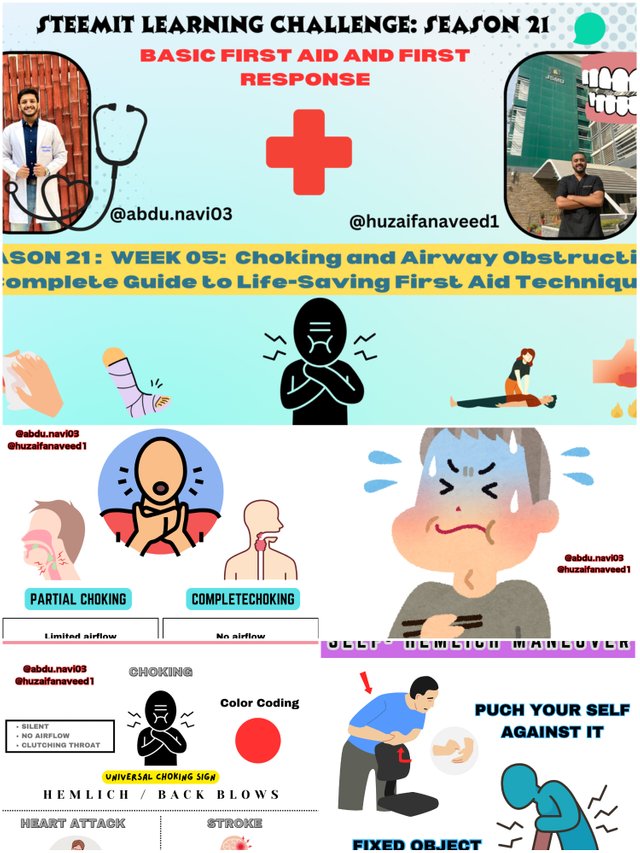
Q1: Describe in detail the mechanism of choking. What happens physiologically when the airway is obstructed? List and explain the distinctive features or signs of choking, including how to differentiate between partial and complete obstruction.
Choking occurs when an object or food blocks the airway, restricting airflow to the lungs. Physiologically, when the airway is blocked, the body attempts to overcome the obstruction by increasing the effort of breathing, often resulting in difficulty breathing, coughing or even panic. In more serious cases, the body will trigger a more intense respiratory reflex, but if the obstruction persists, oxygen is reduced to the body, causing hypoxia, a lack of oxygen.
Typical signs of choking include difficulty breathing, a forceful cough, a red or bluish face and wheezing. The person may also hold their throat as a sign of distress. There are two types of airway obstruction, partial and complete. With a partial obstruction, the person can still breathe but is partially obstructed, and may make sounds or cough. With a complete obstruction, air cannot get through at all, so the person cannot breathe, cough or talk. People with a complete obstruction tend to be still, their face may turn bluish and they may raise their hand to their throat as a sign of choking. In cases of complete obstruction, immediate action such as the Heimlich maneuver is needed to release the obstruction and restore breathing.
Q2: Demonstrate the Heimlich maneuver on a sibling, child, or peer (using safe simulations). Attach pictures of the demonstration and explain the procedure in detail, highlighting key points such as positioning, technique, and safety precautions..
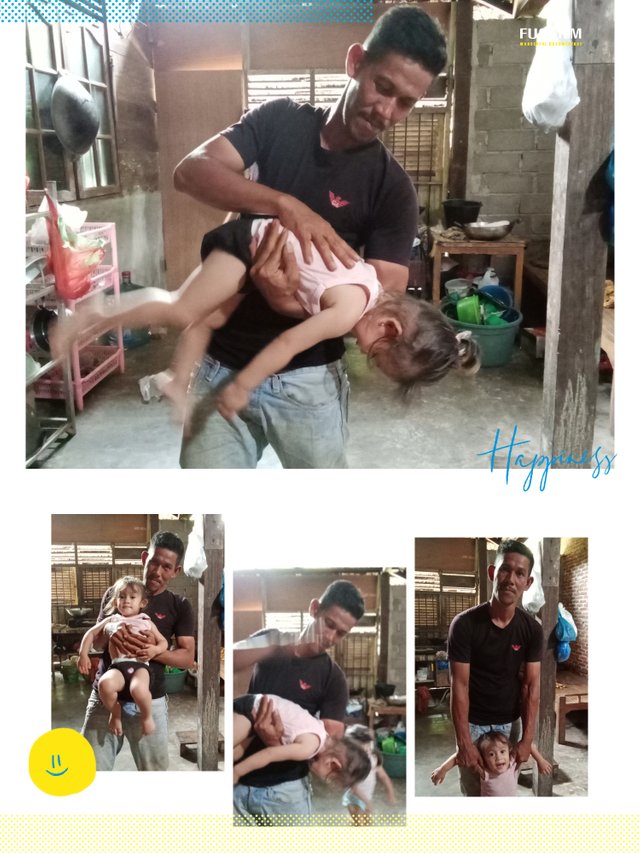
The Heimlich maneuver is a technique used to treat airway obstruction caused by a foreign object. Here are the steps that can be taken in a Heimlich simulation on a sibling, child or friend.
Starting Position... Stand behind the person who is having difficulty breathing, making sure they are in an upright position.
For Adults... Place your hands around the person's abdomen, just above the navel. Grasp your hands and pull in and up in a quick motion. Do this several times until the foreign object comes out.
For Children... If the child is younger than 1 year. Place them face down on your arm, with their head lower than their body. Hit their back 5 times firmly with the palm of your hand.
Precautions... Do not use the Heimlich maneuver on an infant or person who is not fully awake. If the obstruction is not relieved by several attempts, call emergency medical services immediately.
Make sure to always monitor the victim's condition after the demonstration and avoid movements that are too hard to cause injury.
Q3: Consider a situation where you encounter a conscious person choking on food. They are showing signs of cyanosis and restricted breathing.
Describe how you will prioritize and manage the situation. Write each step in detail, from identifying choking to performing first aid and ensuring the victim's safety. Include how you would take control of the situation, communicate with bystanders, and seek medical assistance if needed.
In the case of someone choking on food and showing signs of cyanosis and restricted breathing, the first step is to ensure your safety and the safety of the victim. Here are the detailed steps to take.
Identify Choking... Look for signs of difficulty breathing, unproductive cough or cyanosis, a blue color to the lips or skin. If the victim cannot speak or cough, it indicates that the airway is blocked.
Provide Immediate Assistance... If the victim is conscious and unable to breathe, perform the Heimlich maneuver, abdominal thrust. Stand behind the victim, wrap your arms around his waist, and give a strong inward and upward blow to the upper abdomen to force the foreign object out of the throat. If the victim is unconscious, perform CPR (cardiopulmonary resuscitation) and call emergency services immediately.
Communication and Situation Control... Determine who can help. Direct people around to call an ambulance and have them ready to help if necessary.
Seek Medical Help... Seek professional medical help immediately even if the victim is breathing again, to ensure there are no injuries or complications.
Quick and appropriate action will help save the victim's life.
Q4: Create an infographic (visual illustration) on managing choking emergencies.
Your design should include key steps, such as how to identify choking, perform back blows, abdominal thrusts, and manage choking in special cases (e.g., infants, pregnant individuals). Ensure your infographic is clear, visually engaging, and easy to understand.
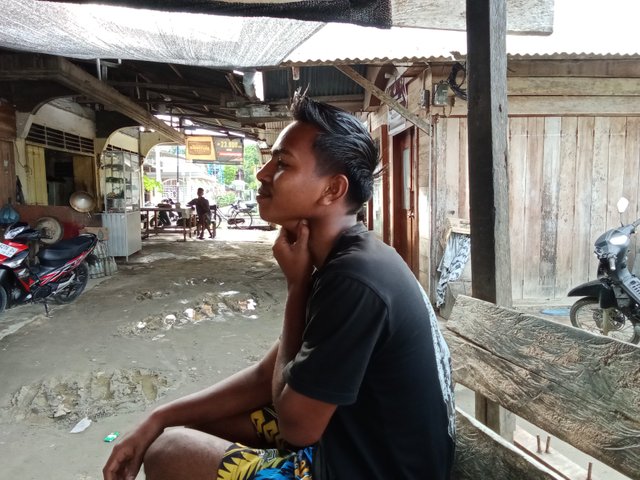
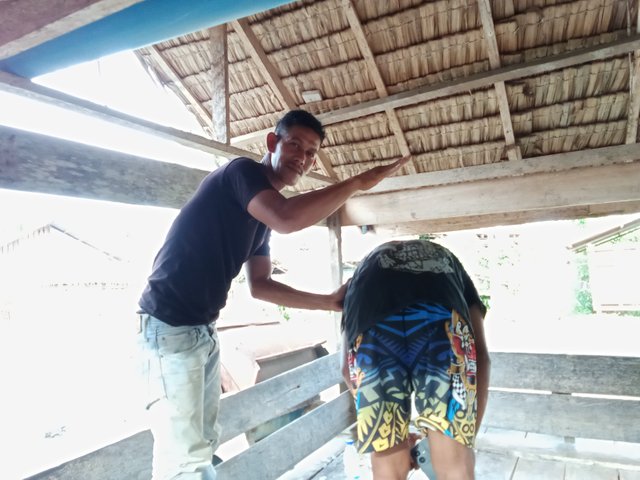
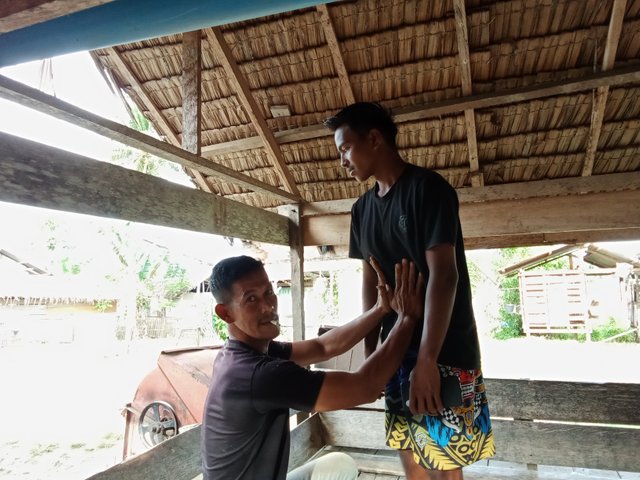
For babies and pregnant women I do not dare to practice.
I also invited three of my friends in this contest @fajrulakmal99 @humaidi @patjewell
Cc: @abdu.navi03
 Click Here
Click Here 
greetings @aril.hatake
Student Name: @aril.hatake
Overall grade: 6.1
Plagiarism Check: Pass
AI Use: No
General Feedback: The student has shown an average nderstanding of this week's course. There were a few shortcomings which I'm sure will be avoided in the upcoming posts.
Thank you.
Regards,
@huzaifanaveed1
Downvoting a post can decrease pending rewards and make it less visible. Common reasons:
Submit
Terimakasih atas undangannya saudaraku🤝. Akan menyusul dengan postingan yang saudara undang
Downvoting a post can decrease pending rewards and make it less visible. Common reasons:
Submit
Segera
Downvoting a post can decrease pending rewards and make it less visible. Common reasons:
Submit
Sudah dari tadi sore saya menulisnya hingga sekarang belum siap😴. Tetapi semangat yang penting, doa dan usaha merupakan kekuatan untuk kita sukses 🤭
Downvoting a post can decrease pending rewards and make it less visible. Common reasons:
Submit
https://steemit.com/firstaid-s21w5/@aril.hatake/slc21-wk5-choking-and-airway-obstruction-a-complete-guide-to-life-saving-first-aid-techniques
Downvoting a post can decrease pending rewards and make it less visible. Common reasons:
Submit